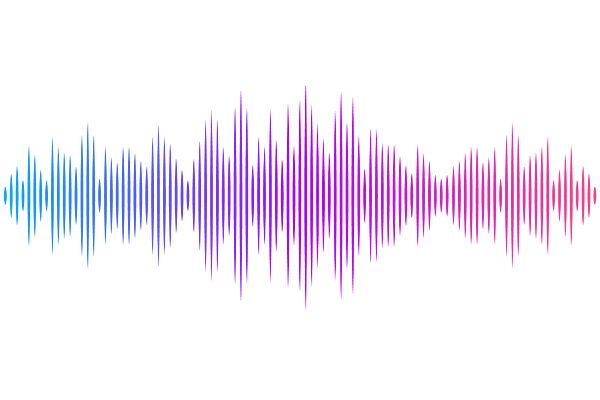Exploring future synergies for large-scale structure between gravitational waves and radio sources

Exploring future synergies for large-scale structure between gravitational waves and radio sources
Stefano Zazzera, José Fonseca, Tessa Baker, Chris Clarkson
AbstractFuture third-generation gravitational wave detectors like the Einstein Telescope (ET) and Cosmic Explorer (CE) are expected to detect millions of binary black hole (BBH) mergers. Alongside these advances, upcoming radio surveys, such as the Square Kilometer Array Observatory (SKAO) will provide new sets of cosmological tracers. These include mapping the large-scale distribution of neutral hydrogen (HI) using intensity mapping (IM), HI galaxies and radio continuum galaxies. In this work, we will investigate synergies between gravitational waves (GW) and radio tracers through a multi-tracer approach. We first forecast the precision on the clustering bias of GWs by cross-correlating data from an ET-like detector with an SKAO IM survey. Our results indicate that this approach can constrain the GW clustering bias to within $2\%$ up to $z = 2.5$. Additionally, we explore the potential of a triple cross-correlation using GWs, IM, and photometric galaxies from a survey like LSST. This multi-tracer method enhances constraints on the magnification lensing effect, achieving percent-level precision, and allows for a measurement of the Doppler effect with approximately $15\%$ uncertainty. Furthermore we show for the first time that this method could achieve the precision required to measure subdominant gravitational potential contributions to the relativistic corrections, which had thought to be below cosmic variance. Our analysis highlights the potential of cross-correlations between GWs and radio tracers to improve constraints on astrophysical properties of BBHs, measure relativistic effects, and perform null tests of GR in cosmological scales.